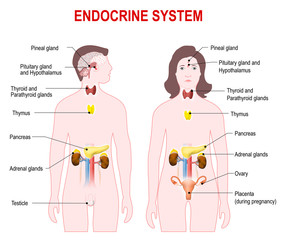- A Somatostatin
- B Prostaglandin
- C Proteins
- D Fructose
- Share this MCQ
Sperm cells are specialized cells that require a significant amount of energy to complete their journey from the male reproductive tract to the female reproductive tract and fertilize an egg. The energy source for sperm cells is fructose, a type of sugar that is produced by the seminal vesicles and released with the semen during ejaculation.
The seminal vesicles are a pair of glands located near the prostate gland, and they produce and secrete a thick, yellowish fluid that makes up a significant portion of the semen volume. This fluid contains several substances that are essential for sperm function, including fructose, which serves as the primary energy source for sperm cells.
Fructose is a type of sugar that is easily metabolized by the sperm cells, providing them with the energy they need to swim through the female reproductive tract and reach the egg. In addition to fructose, the seminal fluid also contains proteins that aid in the coagulation of semen after ejaculation and prostaglandins that help to increase sperm mobility and viability.
While fructose is the primary energy source for sperm cells, it is not the only nutrient that they require for optimal function. Sperm cells also require a variety of vitamins, minerals, and other nutrients to support their development and ensure their ability to fertilize an egg. These nutrients are obtained from the diet and are transported to the testes, where they are incorporated into the developing sperm cells.
In summary, fructose is the primary energy source for sperm cells, providing them with the fuel they need to swim through the female reproductive tract and fertilize an egg. This sugar is produced by the seminal vesicles and released with the semen during ejaculation. While fructose is essential for sperm function, sperm cells also require a variety of other nutrients to support their development and ensure their ability to fertilize an egg.
Share this MCQ
 Integumentary system
Integumentary system  Embedded system
Embedded system  Endocrine system
Endocrine system  জীবদেহের গঠন
জীবদেহের গঠন  কোশের আকৃতি
কোশের আকৃতি  মানুষের দেহের কোশের আকৃতি
মানুষের দেহের কোশের আকৃতি  বিভিন্ন শারীরবৃত্তীয় কাজ
বিভিন্ন শারীরবৃত্তীয় কাজ  উদ্ভিদদেহে ও প্রাণীদেহে কোশের কাজের বিশেষত্ব ও কলার প্রকারভেদ
উদ্ভিদদেহে ও প্রাণীদেহে কোশের কাজের বিশেষত্ব ও কলার প্রকারভেদ  প্রাণীকোশের গঠন
প্রাণীকোশের গঠন